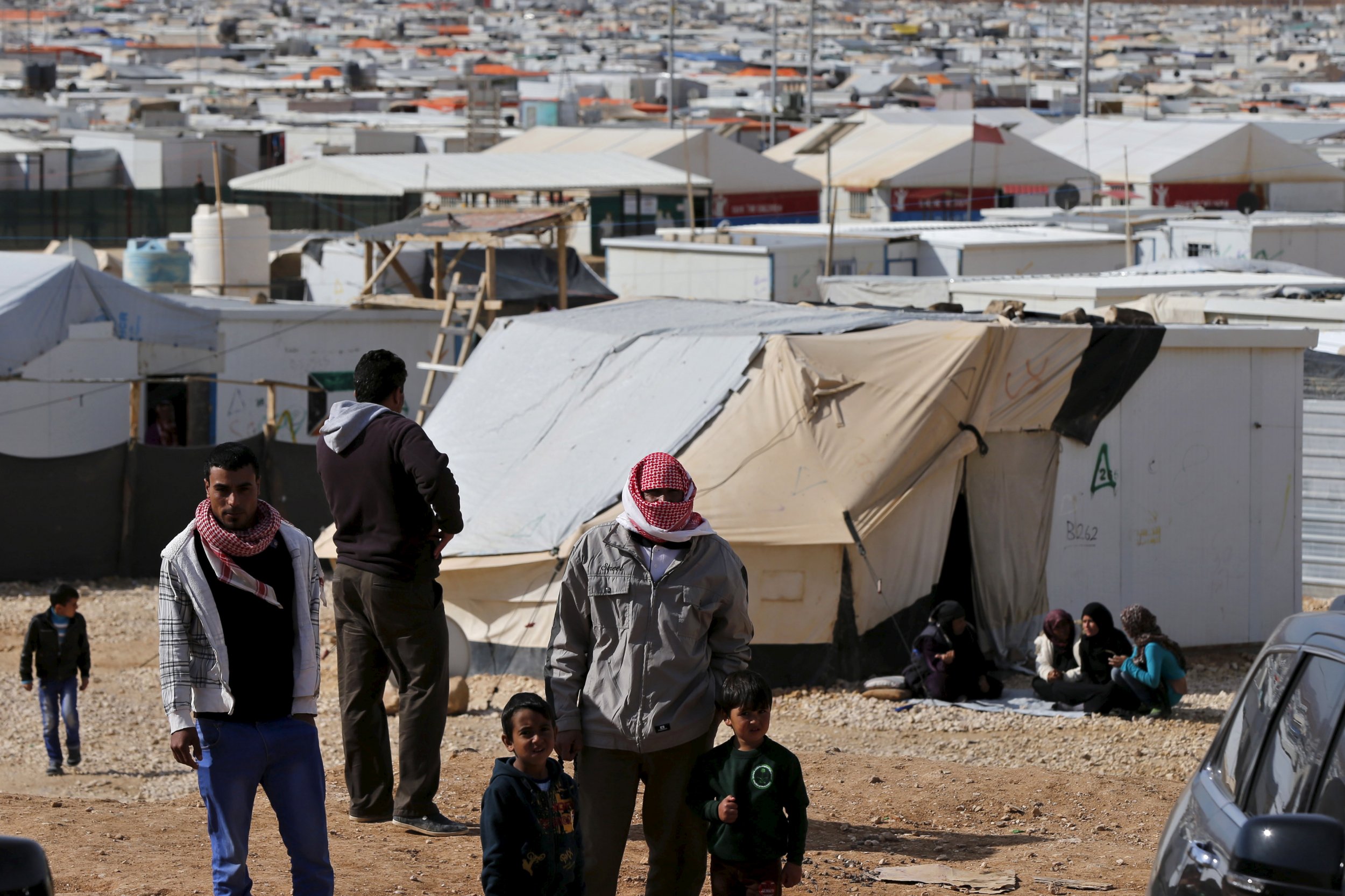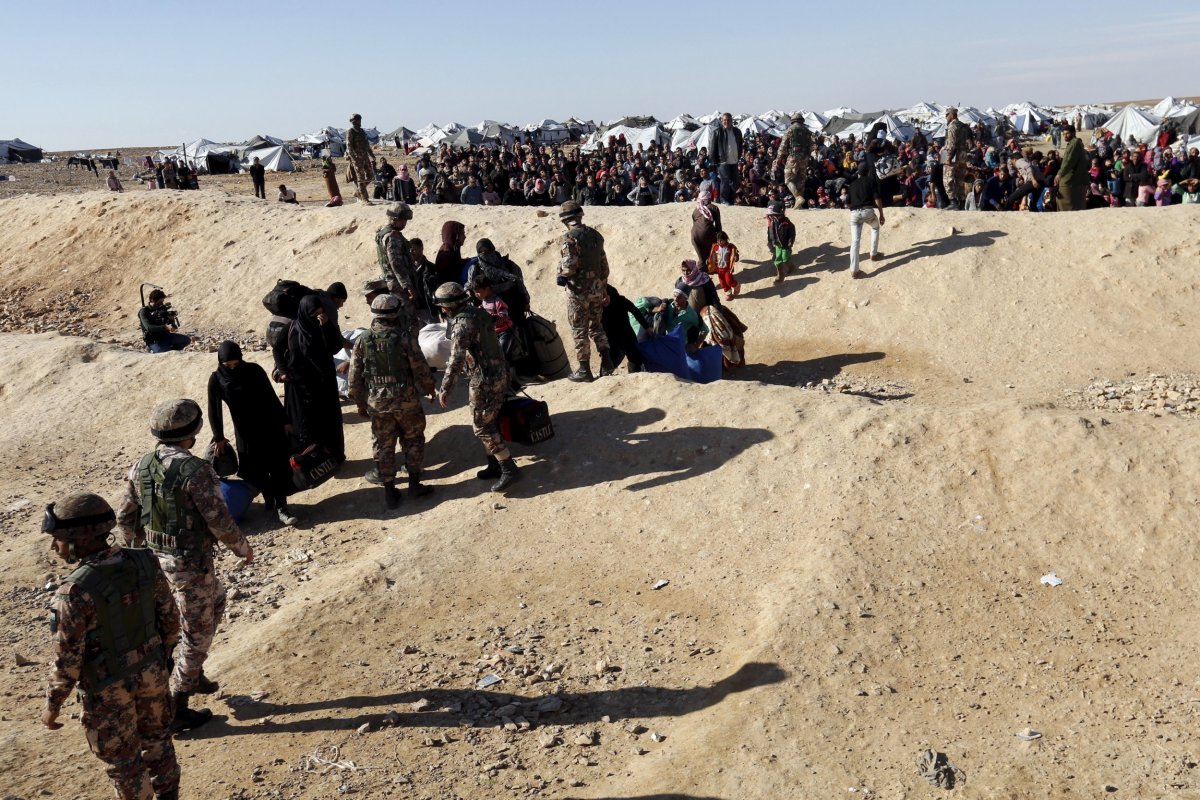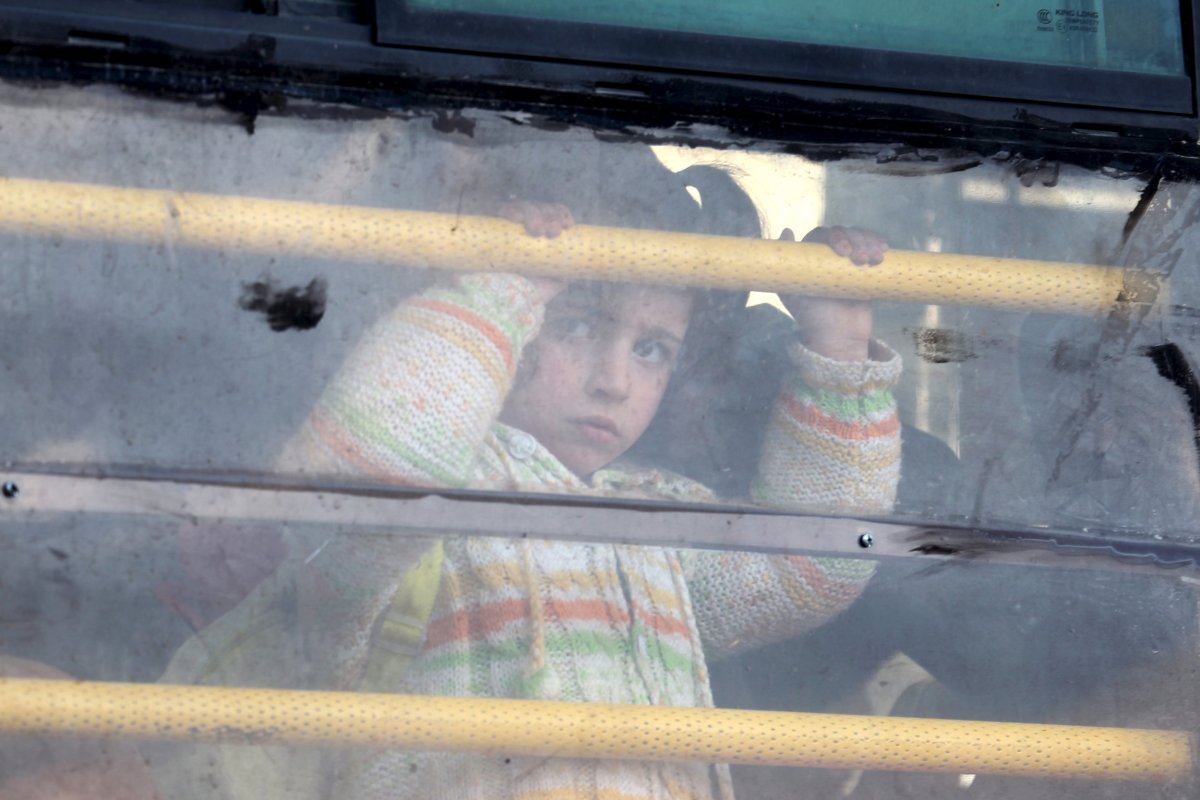
Tuesday, March 15, marks five years since the start of the conflict in Syria. What began as a popular uprising against President Bashar al-Assad's regime has since morphed into a much greater monster, with civilians caught in the fighting between the government, opposition groups and militant organizations such as the Islamic State (ISIS) and the Nusra Front. In September, Russian forces entered the conflict, although President Vladimir Putin announced on Monday that the country's troops would withdraw from the country.
Here are some numbers that illustrate the magnitude of Syria's crisis.
5
Years of conflict. That's 60 months, 1,825 days or 43,800 hours of conflict.
55.7 years
The average life expectancy for Syrians in 2014, which has dropped by more than two decades since the start of the war. Before 2011, Syrians could expect to live an average of 79.5 years, according to a report by the Syrian Center for Policy Research.
470,000
The most recent estimated total for the number of people who have died in the Syrian war, according to the Syrian Center for Policy Research. It's a dramatic increase from the 250,000 figure commonly cited by the United Nations, which stopped counting the number of dead in early 2014.
1.9 million
People who have been injured in the Syrian conflict, according to a recent Syrian Center for Policy Research report. The group said in the report that more than 10 percent of Syria's entire population has been killed or injured in the war.

94
Number of journalists killed in Syria since 2011 with a confirmed motive, according to the Committee to Protect Journalists. A "confirmed motive" means the organization is "reasonably certain that a journalist was murdered in direct reprisal for his or her work; was killed in crossfire during combat situations; or was killed while carrying out a dangerous assignment such as coverage of a street protest." An additional 11 journalists were killed in Syria during the same period in cases where CPJ could not confirm a motive, and one media worker who was a guide for journalists was also killed.
161
Chemical weapons attacks documented from the start of conflict through 2015, based on reports and firsthand accounts from doctors and health workers in Syria, according to a report by the Syrian American Medical Society. An additional 133 attacks were reported but could not be fully substantiated. The 161 documented attacks comprised two in 2012, 35 in 2013, 55 in 2014 and 69 in 2015. They employed chlorine (64.6 percent), sarin (1.9 percent), mustard gas (0.6 percent) and unconfirmed poisonous gas (32.9 percent).
1,491 and 14,581
Minimum number of deaths and injuries caused by chemical exposure from the 161 documented attacks noted above, as counted by the Syrian American Medical Society report.
705
Number of doctors and medical professionals killed since the start of the war in 2011. The vast majority of them have been killed by Syrian government forces, according to Physicians for Human Rights, a New York-based organization. In the eastern part of Aleppo city, roughly 80 doctors remain after 95 percent of them have either fled, been detained or killed, the group said.

15,525
Number of unaccompanied or separated children who have left Syria, according to a recent UNICEF report that looks at the conflict's impact on "Syria's children and their childhoods."
50,000+
Roughly the number of images smuggled out of Syria by a former military police photographer using the code name "Caesar." (Human Rights Watch has said the total number is 53,275; the United States Holocaust Memorial Museum has put the total at about 55,000.) The photos appear to document torture and systematic killings by the Assad regime. They have been shown at the United States Holocaust Memorial Museum and the U.S. Capitol Visitor Center in Washington, D.C., as well as the United Nations Secretariat Building in New York City.
306,000
Number of Syrian children born as refugees over the past five years, according to the UNICEF report.
3.7 million
Estimated number of Syrian children born since the conflict began. Their entire lives have been marked by "violence, deprivation, and uncertainty," Anthony Lake, UNICEF executive director, says in the UNICEF report.

4.8 million
Number of Syrian refugees who have fled the country since 2011, according to the United Nations refugee agency. This includes 2.7 million Syrian refugees in Turkey, 1 million in Lebanon, 639,704 in Jordan, 246,051 in Iraq and 118,512 in Egypt.
8.4 million
Estimated number of children affected by the conflict, whether inside Syria or as refugees. This number represents more than 80 percent of Syria's population of children, according to UNICEF.
13.5 million
The number of people in need of some form of humanitarian assistance inside Syria, according to the United Nations Office for the Coordination of Humanitarian Affairs. Around half that number, 6.6 million, are internally displaced inside the country.
Uncommon Knowledge
Newsweek is committed to challenging conventional wisdom and finding connections in the search for common ground.
Newsweek is committed to challenging conventional wisdom and finding connections in the search for common ground.
About the writer
Before joining Newsweek, Lucy Westcott was an editorial fellow at The Wire. Previously a United Nations correspondent for the Inter ... Read more
To read how Newsweek uses AI as a newsroom tool, Click here.








